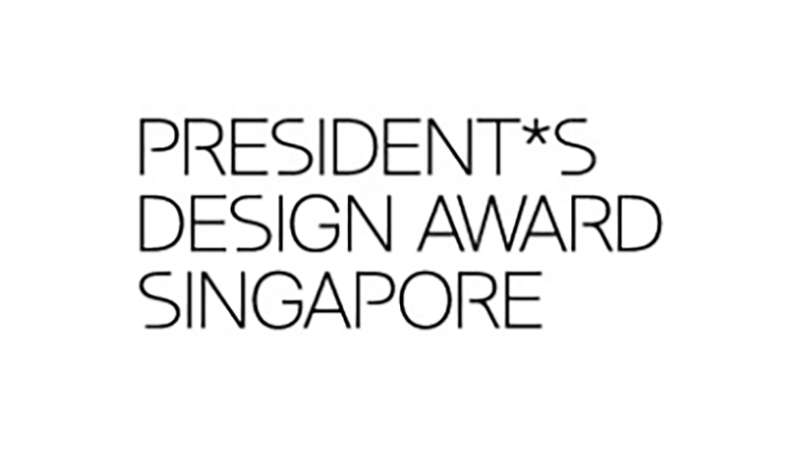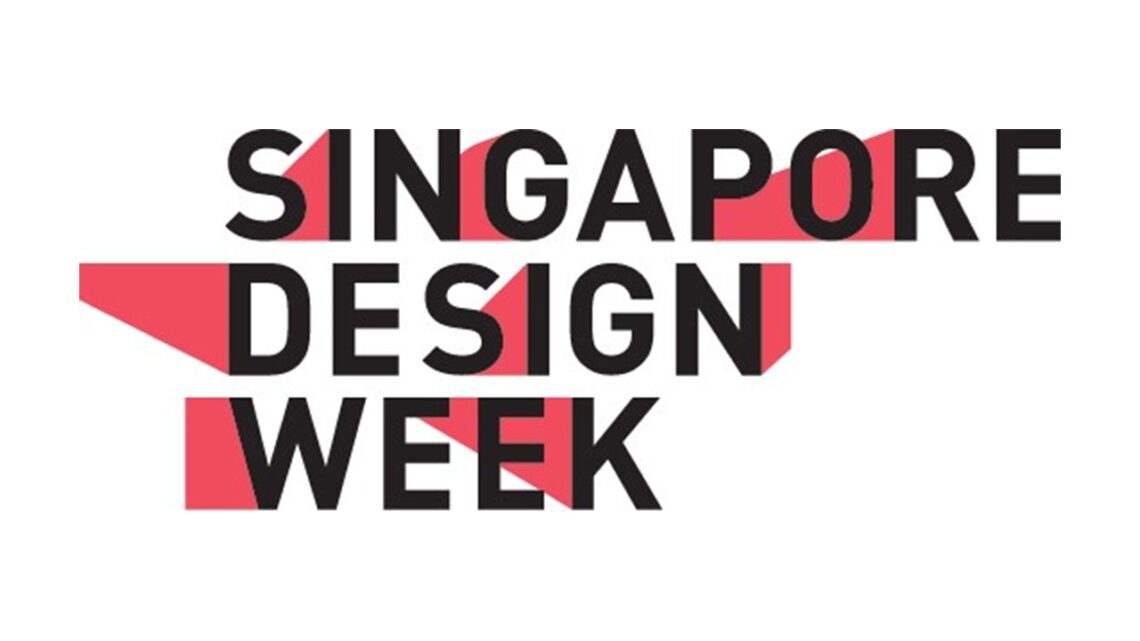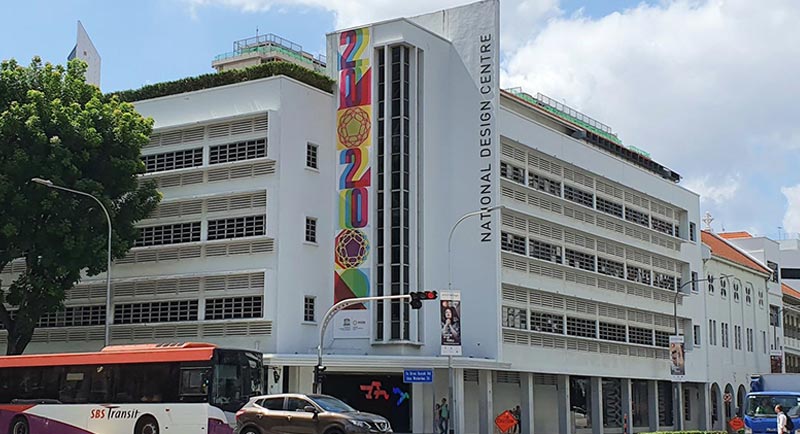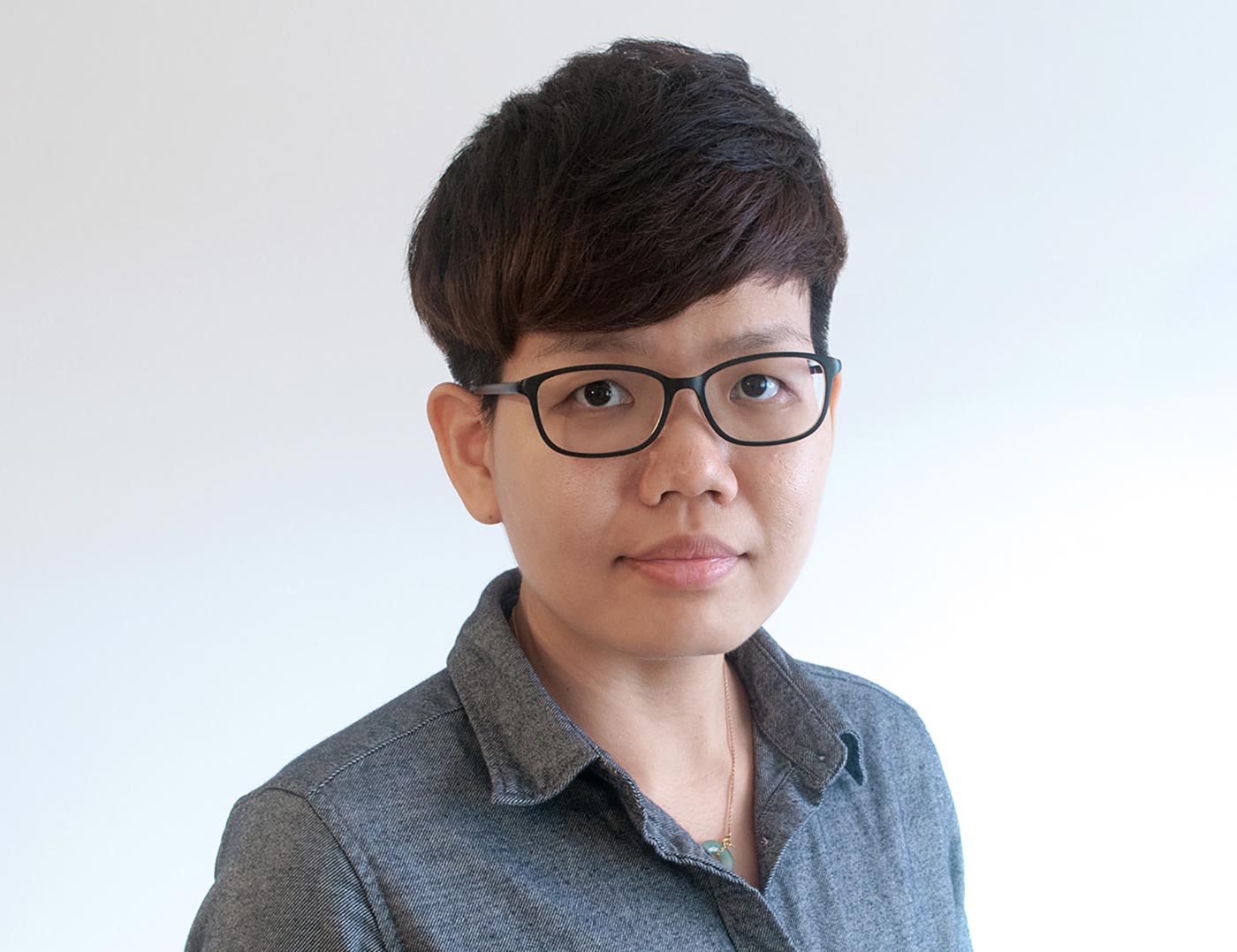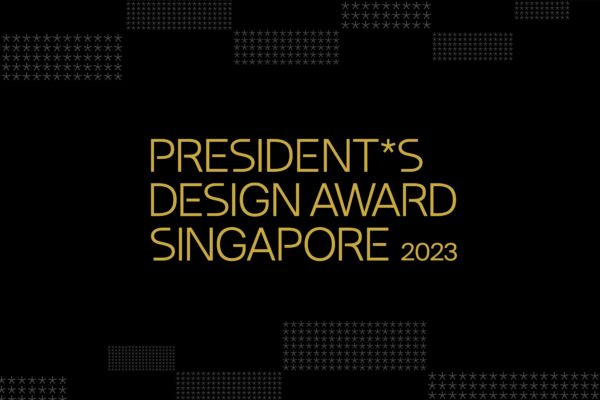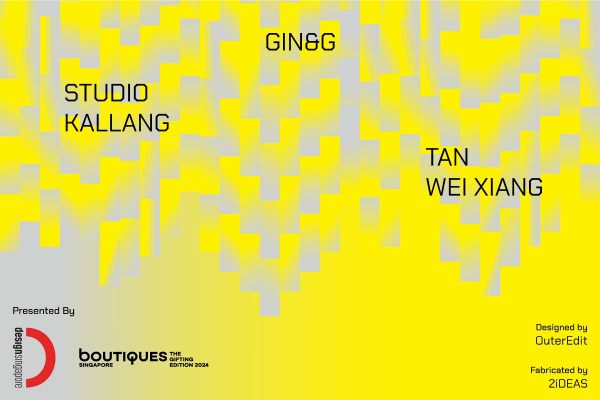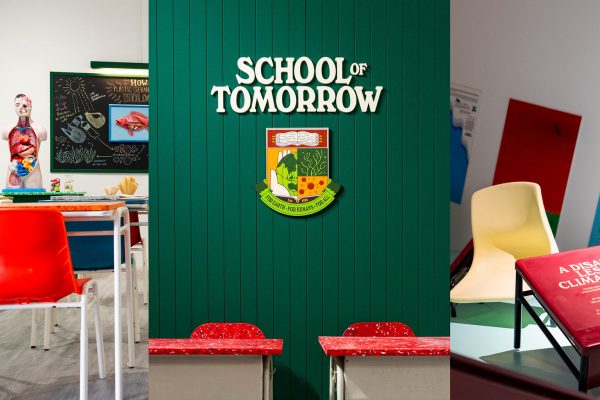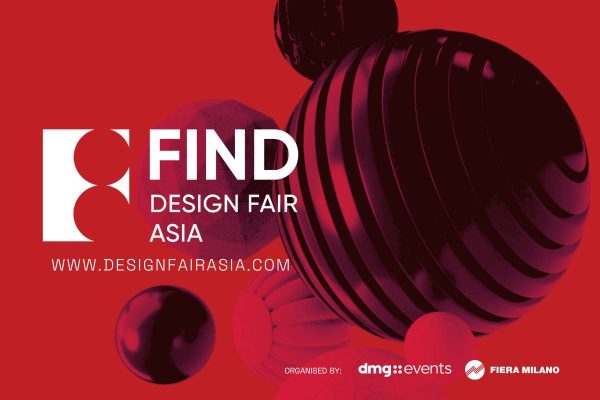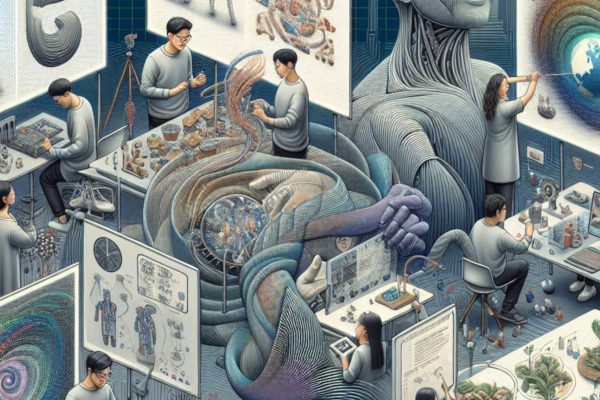Though she started out in business administration and advertising, Seah Sze Yunn slowly discovered the world of visual communications. But she didn’t stop there – with the Skills Future Study Award for Design, she graduated with a Master of Arts in Design from Goldsmiths’ College, University of London.
Sze Yunn co-founded Perception3, an interdisciplinary art duo, with the intent to explore and document the notions of loss and memory. While she has a strong interest in design research, Sze Yunn is an interdisciplinary designer. She bravely pushes boundaries about what a designer is and in the process, it helped her understand the purpose of work better. She uses her love of learning and what she doesn’t know as opportunities to become a better designer. Find out more about Sze Yunn, the skills she’s learned as a designer that are applicable to other industries, what inspired her to expand her boundaries as a designer.

I hold the view that we will not always have a wide span of knowledge at once, and so there is no shame in embracing vulnerability and humility that we don’t know everything. The space of not knowing is also the space to create new knowledge for ourselves and for others.
Q: Tell us a bit about the work you do.
I recently finished a design research project on collaborative practices as part of my Master of Arts in Design studies. Prior to my full-time graduate studies, I was engaged in the strategic design and development of co-curricular learning at Singapore Management University. I am also active in contemporary art, producing artistic projects and arts-based learning experiences as part of an interdisciplinary art duo, Perception3, since 2007. I was initially trained in business administration and advertising and developed a career in visual communication design work. Knowing the fundamentals of business or marketing activities lays the groundwork for recognising design needs and informing design decisions. Although what I do now seems like a departure from my initial training, the knowledge gained through applying my training in different fields continues to be helpful.
Q: What is the best thing about your job?
I believe my career trajectory is atypical and there isn’t just one type of ‘job’ that I’m doing, or role that I am fulfilling. Being able to practice in different fields for different outcomes affords opportunities to re-frame and re-imagine the role of design and myself as a designer. Every new context also provides opportunities to learn the vernacular of these different fields, which subsequently enriches my design vocabulary and practice. I am continually uncovering the many facets of design within each project, be it communication design work, building frameworks and processes, or producing conceptual art and learning experiences. The opportunity to learn from and grow with practitioners in different fields is a privilege that I value.

Q: Why did you apply for the SFSA? How has it benefitted you?
Applying for the SkillsFuture Study Award for Design was a means to pay for part of my MA course fees. Every bit was helpful to ease the financial load during my full-time studies, to lessen the need to work freelance during the course, and to allow me to focus on my research. I am also thankful for the assistance rendered by Dsg’s Talent Development team (who administers the Award) when I was seeking a research residency as part of my MA project.
Q: What inspires you to pursue design research, and why design research?
I have always been interested in the processes of designing, specifically collaborative processes. In my years of practice, I have worked in teams of different sizes, which tend to be driven by culture rather than purposeful design. While ‘collaboration’ is commonly cited as a desired way of working, what often becomes apparent is a lack of commitment, ability and resources in fostering cooperative relationships and environments where collaboration can thrive in a sustainable way.
Leveraging on the years of working collaboratively for my artistic projects, I was keen to investigate how the discipline of design can re-examine and re-define the value of collaboration; how design practitioners could clarify and lead others through the collaborative process; and how we can foster more collaborative cultures and environments. Through my research, I look into theories and practices of collaboration in design which could be beneficial to the professional development of designers, and lead to further thinking about how designers could work collaboratively with others. If design expertise is a precondition to developing design solutions, research on design (theory and practice) should be of equal importance to research for design (the solution).
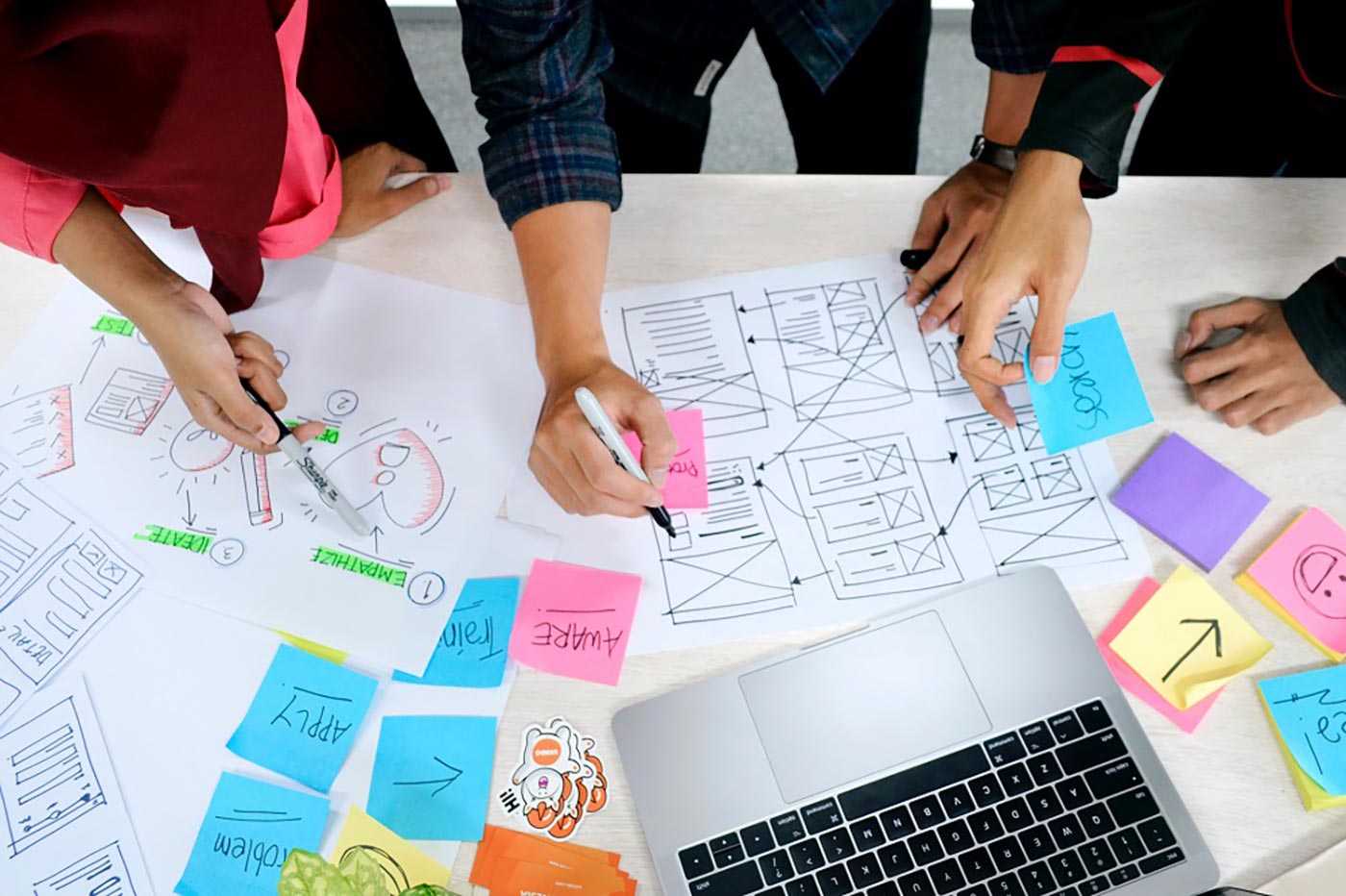
Q: What do you think has changed since you did more interdisciplinary design work?
For me, doing interdisciplinary work strengthens my understanding of design, how it relates to other disciplines, and where the similarities or distinctions lie. Such work encourages reflexivity and sharpens my ability to articulate the nuances within my design practice. In clarifying my practice, I can better situate my role in the different contexts that I work in.
Q: What do you think are some useful skills you’ve learnt that you think can be applied to jobs in other sectors?
One key skill that I continue to hone when doing interdisciplinary work or design research is communication – through textual and non-textual forms. The ability to be coherent and persuasive is necessary to the work I do. For this aspect, I leverage on my years of experience in producing communication design.
The other skill-set that I’ve developed through my artistic work is collaboration, which goes beyond team-working. As I have learned through my research, collaboration skills develop through real-world situations and practice. Based on my research, the following interrelated practices are key to working collaboratively: maintaining cooperative partnerships, working interdependently with members playing different roles, identifying opportunities in disagreements, sharing and integrating knowledge, and establishing joint accountabilities.
Q: Would you encourage more designers to expand the boundaries of their respective fields and why? If yes, what advice would you give them?
There is value for designers to develop a deep specialisation or expertise in their respective fields, just as there is value in expanding the boundaries of these fields. It depends on what a designer prioritises in terms of her career, interests, and resources available. To generate new knowledge and to shift the boundaries of one’s design discipline would call for the designer to immerse herself in the field(s) outside of her formal training. Within this ‘other’ field, the designer will work with people that do not have the same training. It prompts the question of whether designers and ‘non-designers’ are prepared for a partnership – one that transcends a vendor-client relationship. If a true partnership opportunity presents itself, I would encourage designers to take it.
I hold the view that we will not always have a wide span of knowledge at once, and so there is no shame in embracing vulnerability and humility that we don’t know everything. The space of not knowing is also the space to create new knowledge for ourselves and for others.
